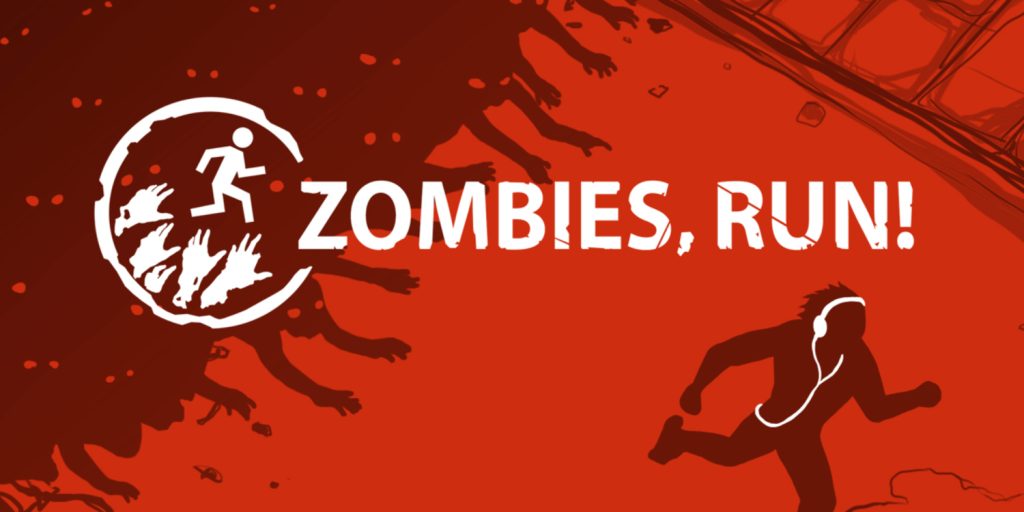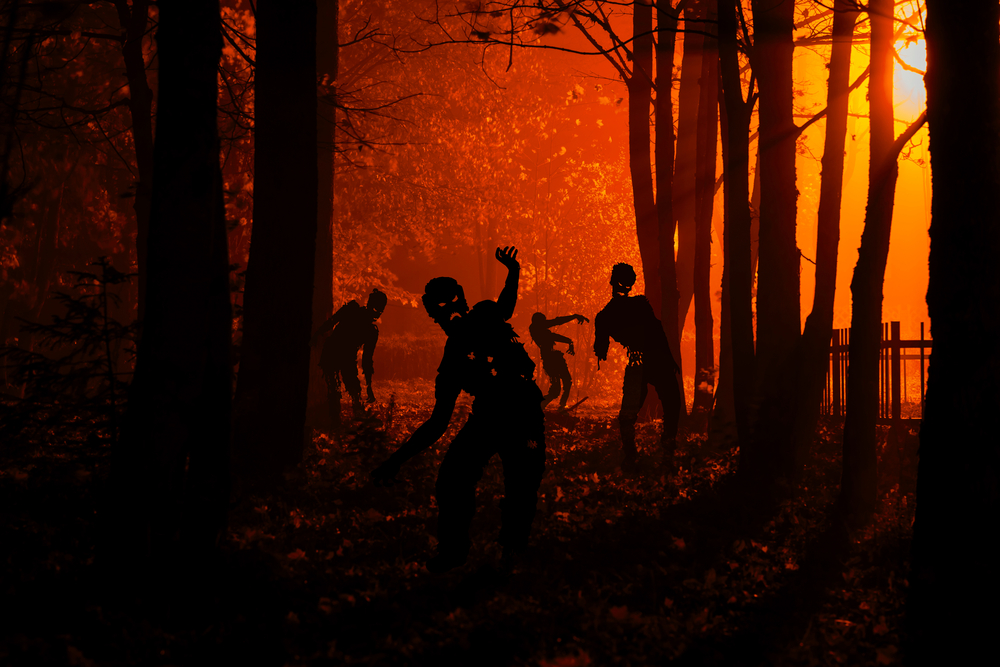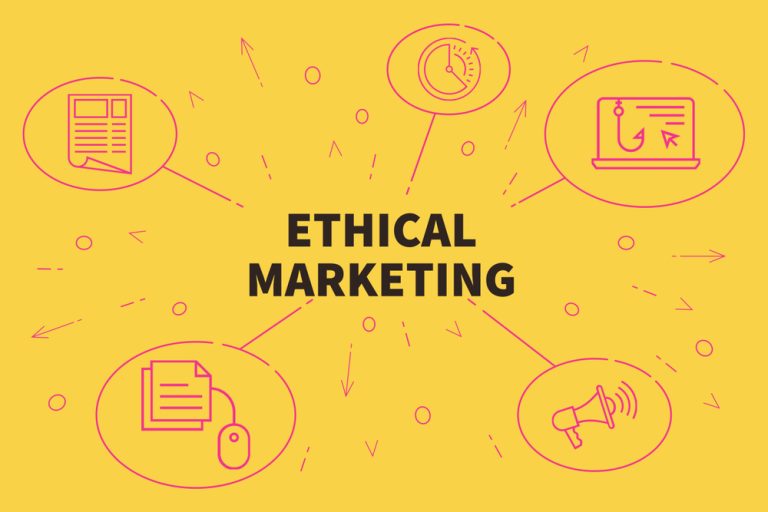Run for your brand. What Zombies, Run! can teach us about motivating action through story
What if your call-to-action chased your audience into literal motion instead of just inviting clicks?
The best stories don’t wait. They run toward you.
Welcome to the apocalypse (It’s branded)
You’re running. Your legs ache, your breath is uneven. In your ears: Static. Crackle. Panic. “Runner 5, they’re behind you. Faster. NOW.”
It’s the Zombies, Run! 5K app*, a fitness experience disguised as post-apocalyptic fiction. You’re not here for better health stats. You’re here because the undead are closing in.
And that’s the genius. While most campaigns beg for attention, this one builds urgency into its very premise. You don’t run because you should. You run because the story makes not running unthinkable.
The best marketing doesn’t beg for action. It creates conditions where action becomes inevitable.
What makes story move people? (Literally and metaphorically)
Storytelling, when reduced to copywriting, often forgets its original power: not just to inform, but to shape behavior. Behavioral science gives us clues:
- Urgency moves us when there’s something at stake. Not someday urgency. Right now urgency.
- Immersion keeps us from looking away. It turns content into a sensory environment.
- Consequence raises the cost of inaction. If you don’t do something, something happens.
We know this instinctively from films and novels, but marketers often forget it in their funnels.
Yet, the question remains: how do you build that kind of propulsion into a brand experience?
You don’t just tell a story. You architect it so the call-to-adventure is embedded in the narrative logic.
Anatomy of a story-driven behavior trigger

Let’s break down what makes Zombies, Run! so unusually effective and what your brand might learn from its chase mechanic.
| Story element | Marketing parallel |
| Clear stakes (zombies) | Problem agitation: what happens if they do nothing? |
| Progress tracking (5K prep) | Milestone mapping: visible transformation |
| Sound design, audio characters | Immersive brand voice: make it feel like a world |
| Cliffhangers between runs | Serialized content: episodic tension, retention |
| Roleplay (“Runner 5”) | Identity alignment: user becomes part of the story |
Together, these elements form what I call a story-driven behavior trigger: a system where action isn’t requested. It’s activated through story.
People don’t “buy” story. They move because of it.
So what does this look like in the real world?
Let’s step away from the undead and look at some living examples.
Helsinki Biennial
An art event, for sure, but also a story-driven island experience on Vallisaari, just a short ferry ride from the city. Installations are discovered as much as they are viewed. Visitors follow narrative breadcrumbs across the archipelago.
It’s a quest, not a gallery.
The result is engagement that’s physical, emotional, and memorable. The brand isn’t presenting art. It’s inviting people to move through a quest of place and story.
Too Good To Go
Every time a user “rescues” food, the app frames it as a heroic act: you saved a meal from being wasted. While the interface facilitates logistics, it also celebrates identity. You’re not a user of an app. You’re a food-saving legend.
There’s a villain (waste).
There’s action (pick up a bag).
There’s narrative reward (impact, surprise dinner, inner glow).
We move from mere transaction to transformation.
Alpro’s “Feed Your You” campaign
Alpro crafted a sensory, softly surreal world where choosing plant-based isn’t framed as sacrifice but as self-expression. Their campaign didn’t scold or preach. Instead, it whispered. Bright, animated packaging. Playful, upbeat audio. Taglines that nudge rather than shout.
It wasn’t “go vegan”. It was “feed your you”. A gentle invitation to act in alignment with the person you’re becoming.
You don’t feel persuaded. You feel recognized.

In each of these examples, story becomes infrastructure. You move because the world-building makes motion irresistible, not because you’re told to.
Designing a story-as-experience in your own brand
To design this kind of movement in your brand, stop thinking of story as backdrop. Instead, think of it as the chassis, the structure that holds emotional logic, identity, and forward motion.
You’re not decorating your campaign with story. You’re engineering it with story as propulsion.
Here are some possibilities:
- A sales page written like a classified dossier. (Mission briefing: You’ve been selected…)
- An email onboarding sequence that feels like a Netflix series. (Each email ends on a cliffhanger, not a discount.)
- A reel campaign that counts down to launch like a sci-fi escape hatch. (T-minus 3 days: systems unlocked.)
And what about CTAs? I mean, most CTAs are commands, but yours could be a plot twist.
Don’t settle for “Sign up now”. Try something like this instead:
- What happens if you don’t click?
- Your future self is knocking.
- This story only works if you’re in it.
Urgency alone is manipulative. Urgency within a story is gravity, magnetism.
Bonus: The embodied CTA framework
This mini-framework can help you translate narrative theory into real action design. Inspired by Zombies, Run!, it centers the embodied experience of your audience.
If you can answer these narratively, your CTA isn’t text. It’s tension.
Fear isn’t the only chase
Zombies are one method, but your monster might be something softer. The fear of stagnation. The ache of unrealized potential. The quiet urgency of a story left untold.

Your chase might be joy, recognition, belonging, or curiosity. The point isn’t fear or survival. The point is momentum, designing a world that wants the reader/recipient/client to move.
* Zombies, Run! 5K is a fitness training app that turns your workout into an immersive audio adventure. Designed for beginners, it guides users through an eight-week program to run their first 5K while placing them in the middle of a zombie apocalypse. You become “Runner 5”, a key character in a post-apocalyptic survival story, receiving missions, dodging undead threats, and uncovering secrets all while building endurance. It’s part game, part narrative podcast, part couch-to-5K coach.







